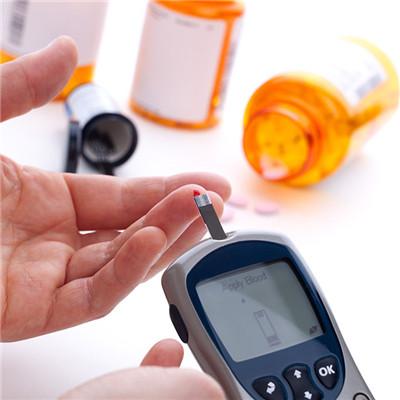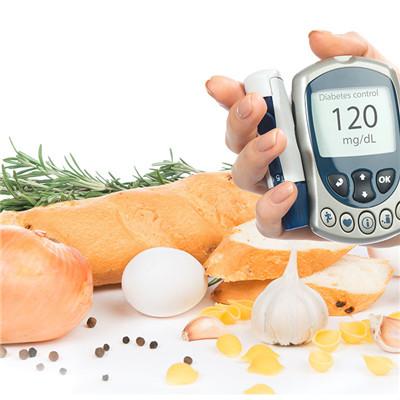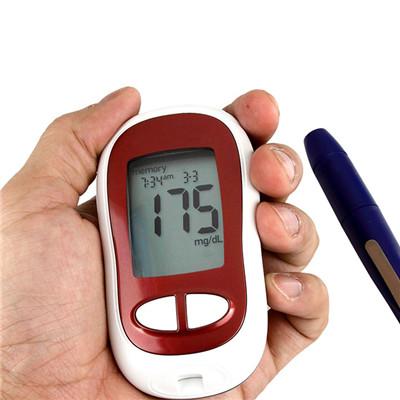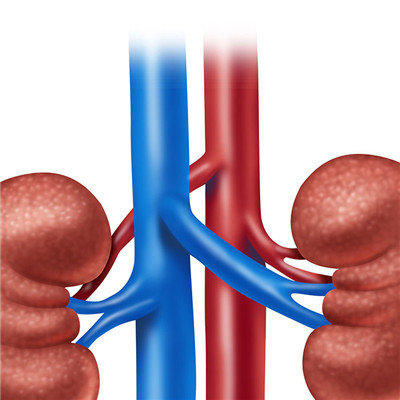Diabetic elderly terminal symptoms?
summary
"An old man in a family is like a treasure", as the saying goes. Nowadays, many young people are working in other places all the year round. They really have little time to accompany their parents, let alone pay attention to their parents' physical condition. Therefore, when we are free, we should often go home to have a look and call to care for our parents. This time, I'd like to introduce the deathbed symptoms of the elderly with diabetes.
Diabetic elderly terminal symptoms?
the onset of elderly patients with diabetes is insidious, the symptoms are mild, lack of typical "three more and less" (polydipsia, polyuria, polydipsia and weight loss) symptoms, many patients are not thirsty, polydipsia symptoms, only manifested as unexplained fatigue, emaciation, some patients do not even have any symptoms, many patients were accidentally found during physical examination.

Many old people suffer from diabetes for many years, but they don't know it until there are complications. Some patients went to the Department of Ophthalmology due to visual impairment, some to the Department of Nephrology due to edema and positive urine protein, some to the Department of surgery due to gangrene or furuncle of lower limbs, some to the Department of Cardiology due to coronary heart disease, some to the Department of gynaecology due to pruritus of vulva, and some to the Department of Neurology due to coma. Only after examination did they know that the root cause of the disease was diabetes.

The elderly themselves are the high incidence of cardiovascular and cerebrovascular diseases. If they are complicated with diabetes, the incidence of cardiovascular and cerebrovascular diseases will increase more than three times. It has been confirmed that as early as in pre diabetes (i.e. impaired glucose tolerance stage), patients already have insulin resistance, hyperinsulinemia, lipid metabolism disorders, hypertension and other cardiovascular risk factors. Cardiovascular complications of diabetes can even appear before the diagnosis of diabetes. Data show that: the incidence of coronary heart disease in elderly diabetic patients is 34.7% - 66.6%, and the incidence of cerebrovascular diseases is 20.4% - 24.6%. About 3 / 4 of elderly diabetic patients eventually die of cardiovascular and cerebrovascular complications.

in some stress states (such as infection, operation, vomiting, diarrhea, acute stroke, etc.), the blood sugar of the elderly patients with diabetes increases rapidly, and the osmotic diuresis loses more water. However, the elderly patients are often misdiagnosed as cerebral apoplexy and admitted to the Department of Neurology due to the insensitivity of the hypothalamic thirsty center and insufficient water intake, and the severe dehydration of the brain tissue leading to hypertonic coma. In view of this, when the elderly appear coma, do not just think of stroke, must be routine blood glucose examination, exclude the disease. Due to poor blood circulation, tissue ischemia, hypoxia, glucose anaerobic digestion, lactic acid production in the elderly is increased, and due to the decline of liver and kidney function, lactic acid clearance is reduced. Therefore, under the action of some incentives (such as taking "biguanide" drugs), lactic acidosis is easy to lead to. The mortality is as high as 40% - 60%.

matters needing attention
? Because of the damage of autonomic nervous system, the sympathetic nervous system has a weak response to hypoglycemia in elderly patients with diabetes. Asymptomatic hypoglycemia is more common, which is not easy to be found in time, and directly leads to hypoglycemic coma. In addition, hypoglycemia can excite sympathetic nerve, accelerate heart rate, vasoconstriction and increase blood pressure, further aggravate cardio cerebral ischemia and induce acute myocardial infarction and cerebral thrombosis. In addition, long-term hypoglycemia can also cause brain dysfunction and dementia.












